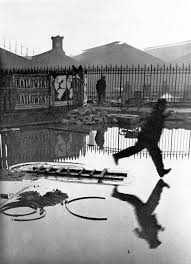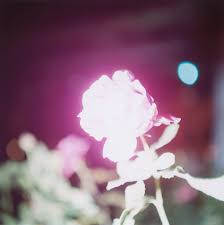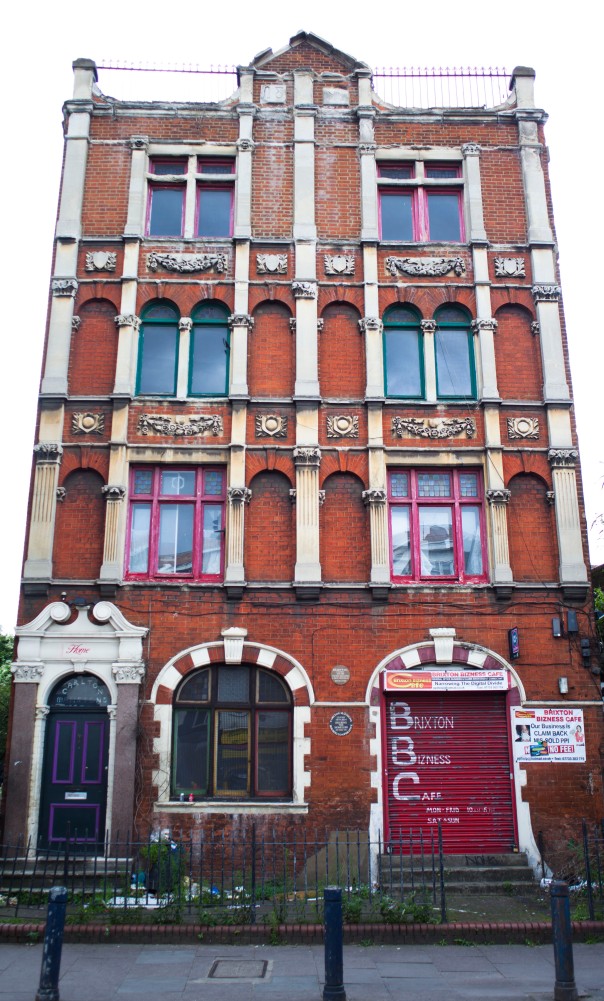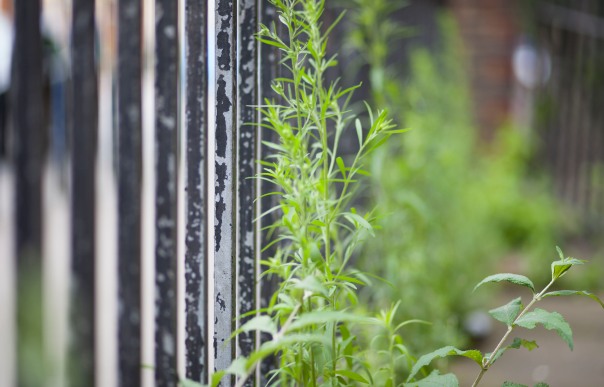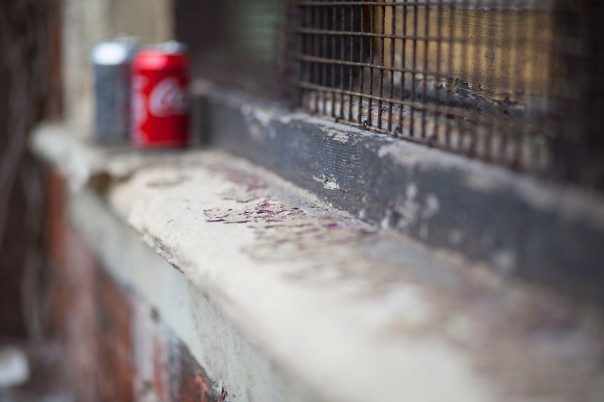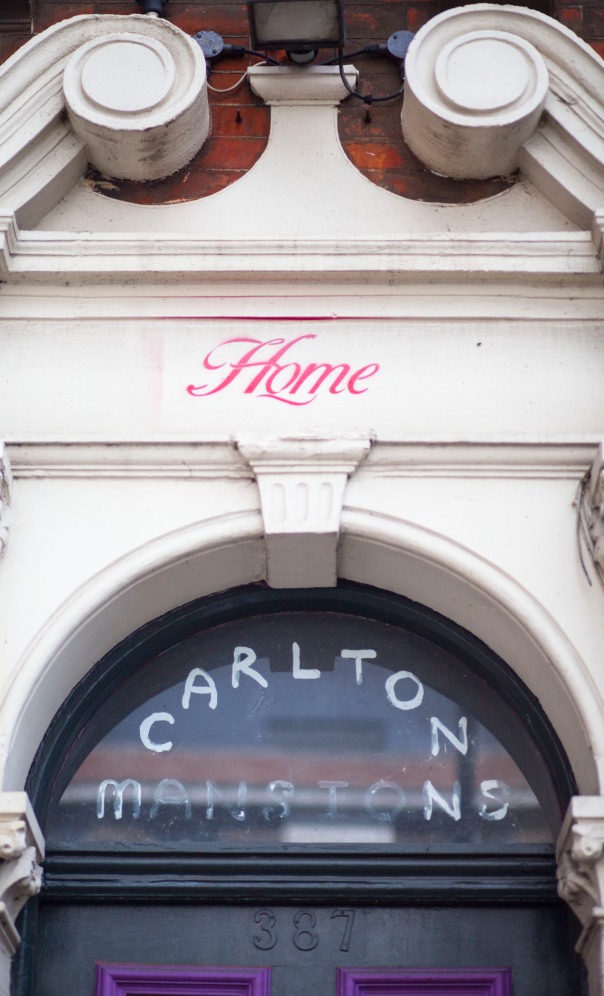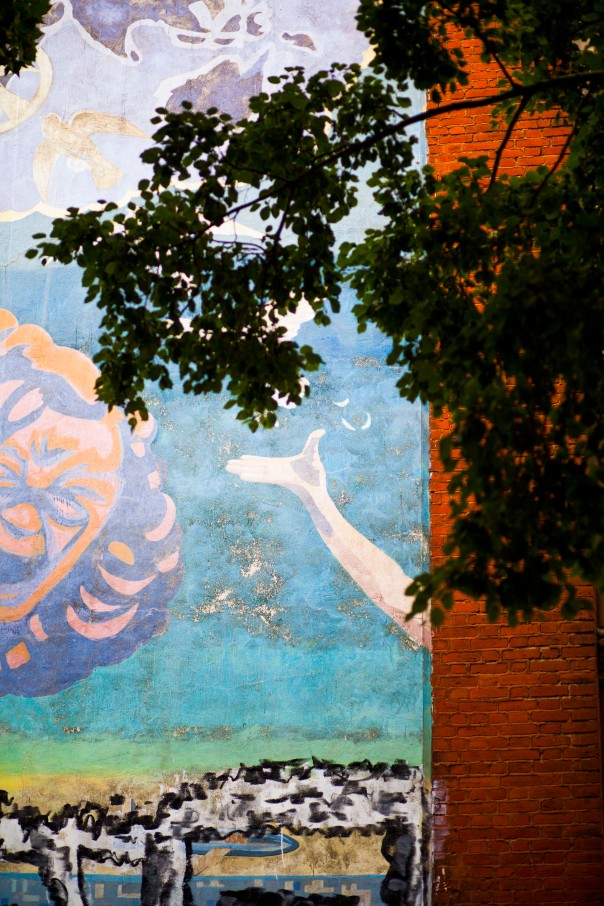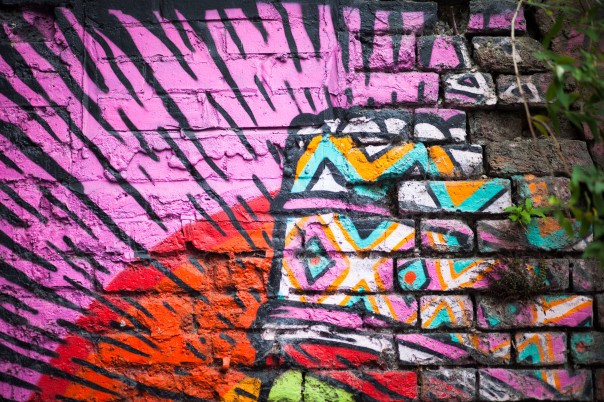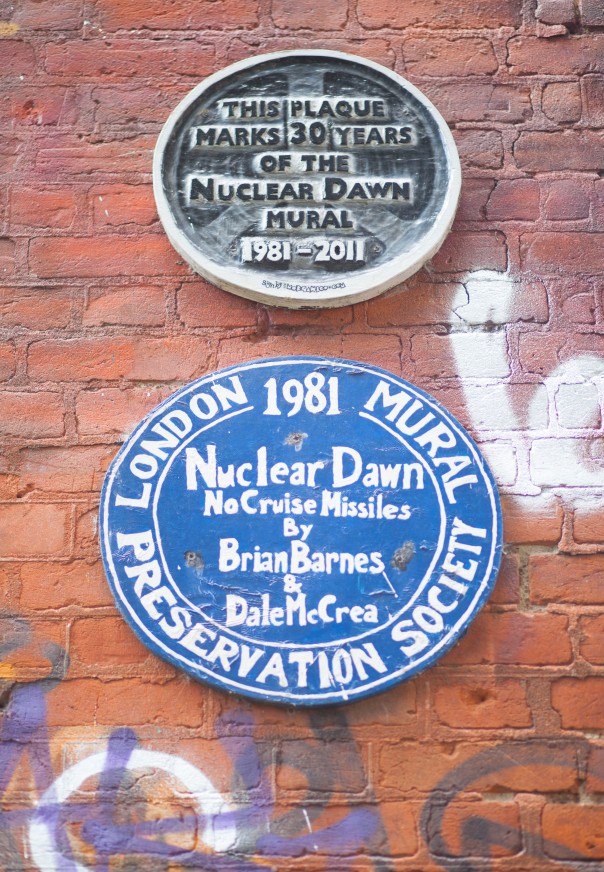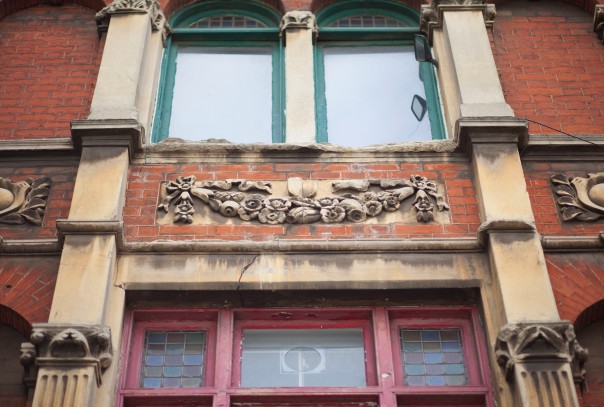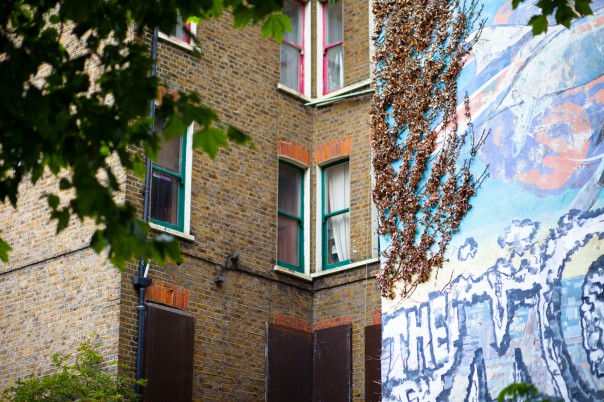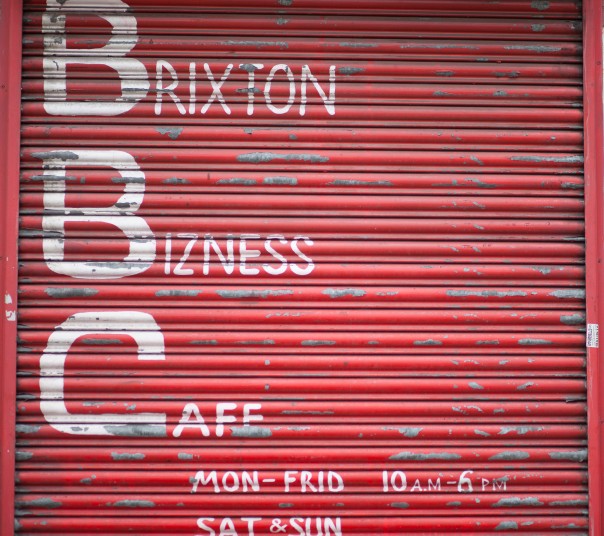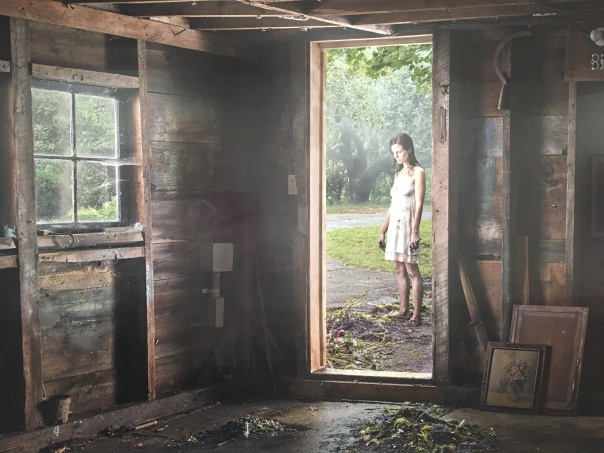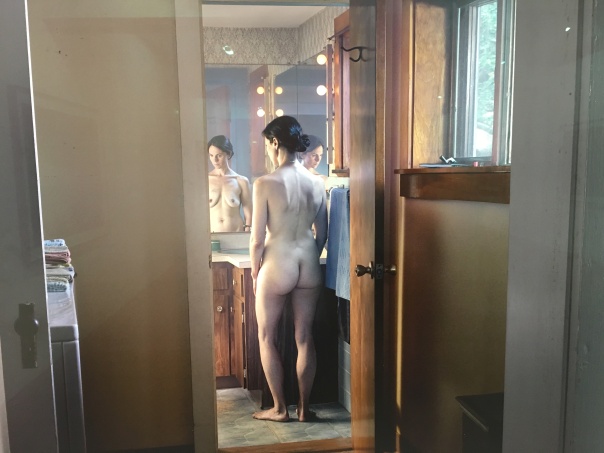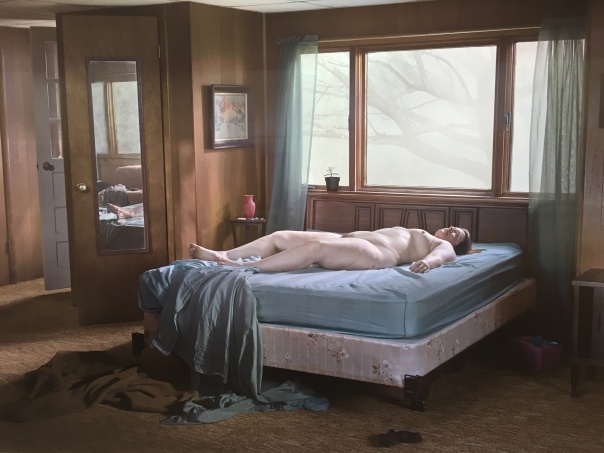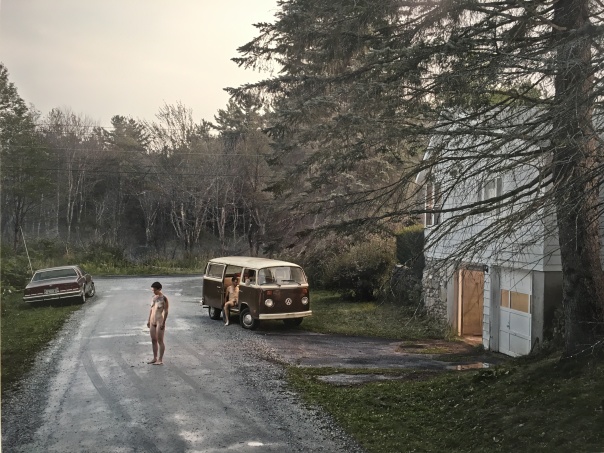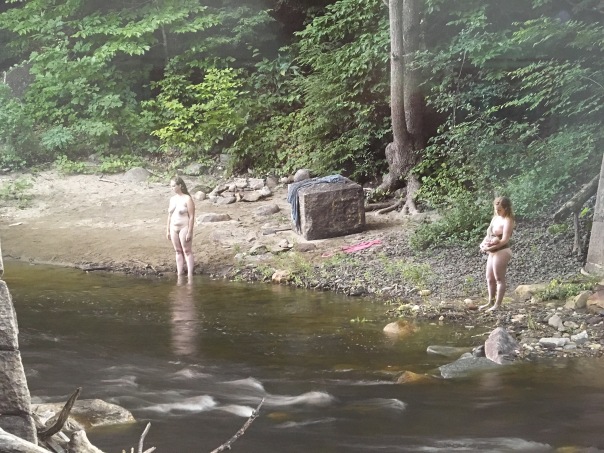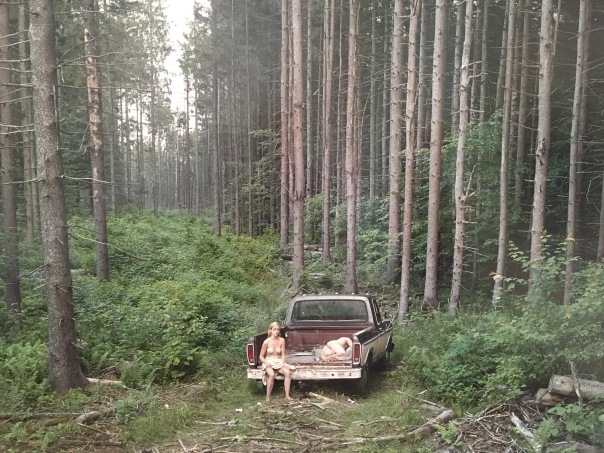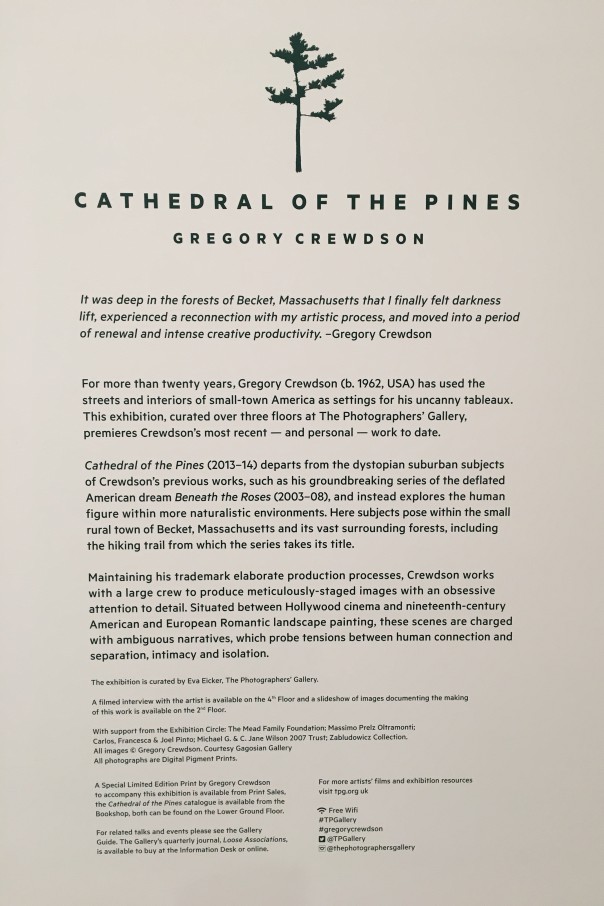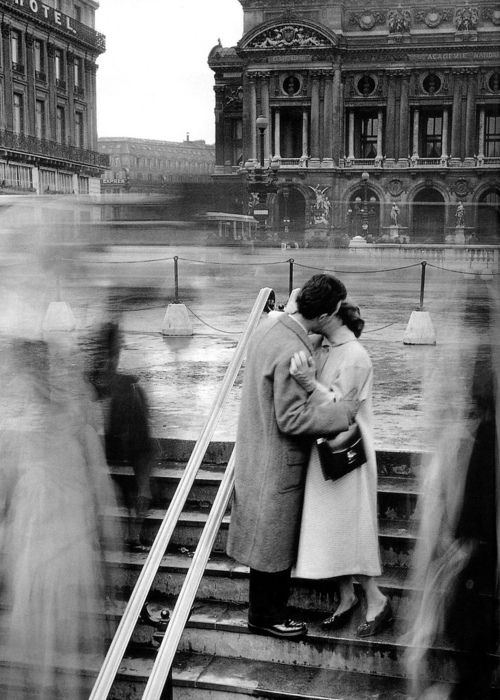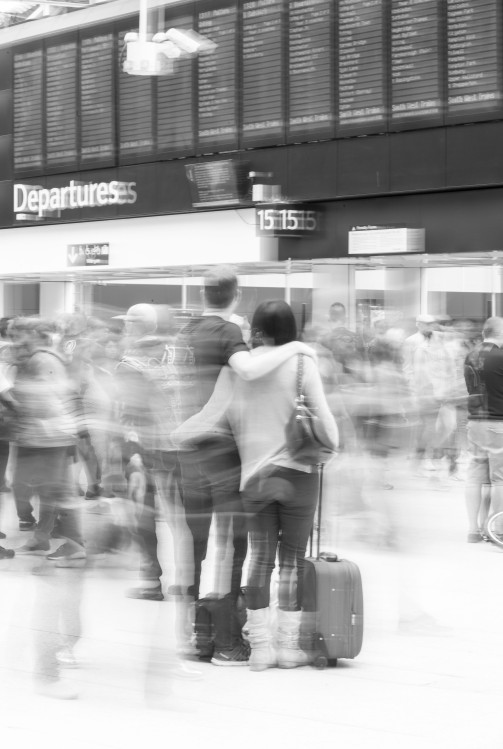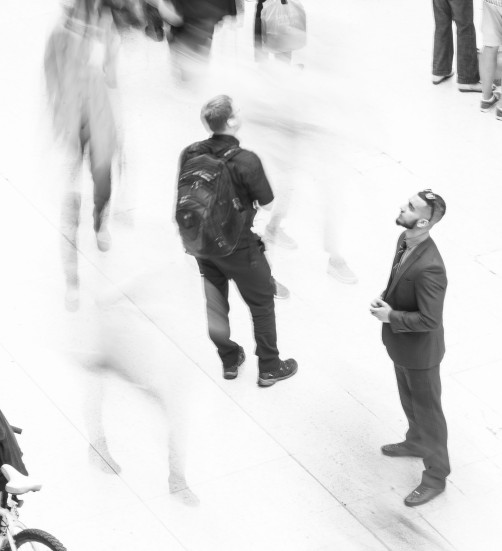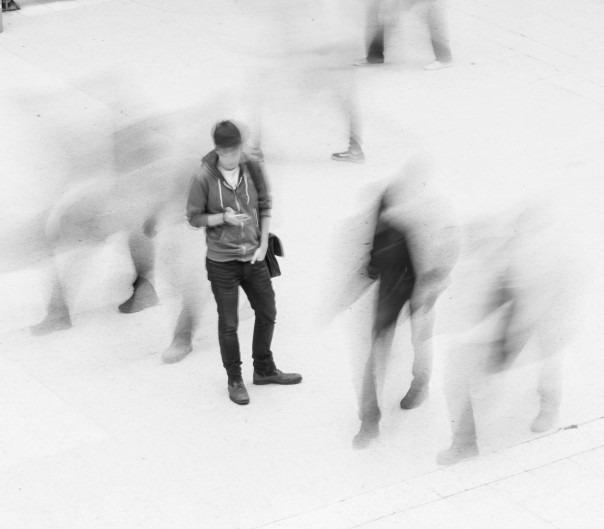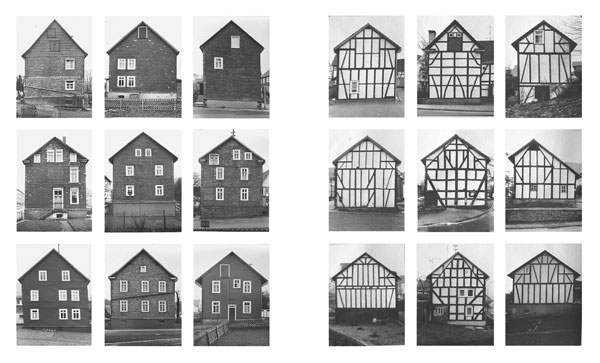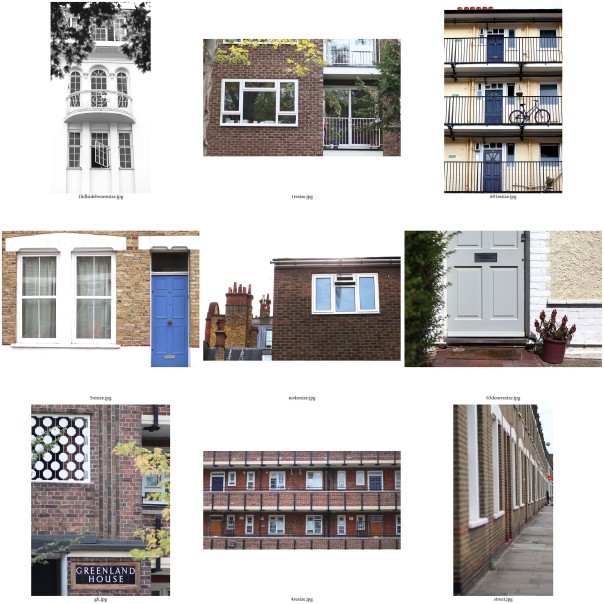Concluding notes on Assignment 4
Brief – Conclude your notes with a personal reflection on how you’ve developed the exercise in order to meet the descriptors of the Creativity criteria.
Creativity assessment criteria – Imagination, experimentation, invention.
Within the assessment statements this relates to development of analytical and creative thinking, using independent judgement and presenting a developing personal voice.
Imagination
I tend to work from instinct when approaching new areas, rather than through inspiration. I find this allows me to apply my own imaginative ideas, rather than apply those of others. At the same time, in my head, I am being influenced in a passive way by artists that have struck a chord with me. In exploring studio photography for the first time I found myself initially wanting to create a similar candid look that my experience of street photography had drawn me to. This is why I directed the models to look away from the lens and to adopt naturalistic poses. Experience and research then taught me that this was not the best approach. I thought carefully about how to apply this to my final sitting. I wanted to create something with more drama, as well as developing a more intimate relationship between the model and the lens.
Experimentation
This was the biggest area for me to take on board for this project. I haven’t shot in a studio before, or used flash photography in a formal shoot. I did have to research technical requirements and took a while to set up the studio and equipment in my living space. Playing around with an onion in still life form initially helped me prepare in terms of settings etc. The first sitting with the three models taught me a lot about positioning of the model, avoiding shadows and finding the right focal point. In the second sitting with Zack we had a lot of fun playing with different props and outfits. It was also interesting to see the difference that the background colour/tone makes to the feel of the shot. I also found that being more direct with the model allowed me to experiment with different moods in the models facial expressions.
Invention
A difficult area to apply in terms of my approach. I did have to be quite inventive in terms of setting up a home studio and organising the space for the shoots. I also spent some time exploring props to use in the shots and looking at ways to add interesting dimensions to the images. These included using fairy wings, hats and a variety of musical instruments in the shots. I also played a little with having more than one model in the shots and they played off each other. These were fun to do but not as successful in terms of creating a satisfying image. This is an area for development as I would enjoy being more playful in setting up studio shots.
So am I developing a personal voice in my photography? I always shy away a little from becoming too involved in emulating other photographers as I want my creativity to come from within. If this project, and in fact this course, has taught me anything it is to be more open to considering the work of others. It was in studying others’ portraiture during this project that really helped me to develop my own style, whilst applying the skills of others. It also showed me how important it is to consider the connection between the lens and the subject matter, and this can be reliant on many things. It could be connected to the relationship between the model and photographer, it could be related to the photographer’s direction or perhaps the context and set up. But in all these areas there is always the element of chance that steps in.























